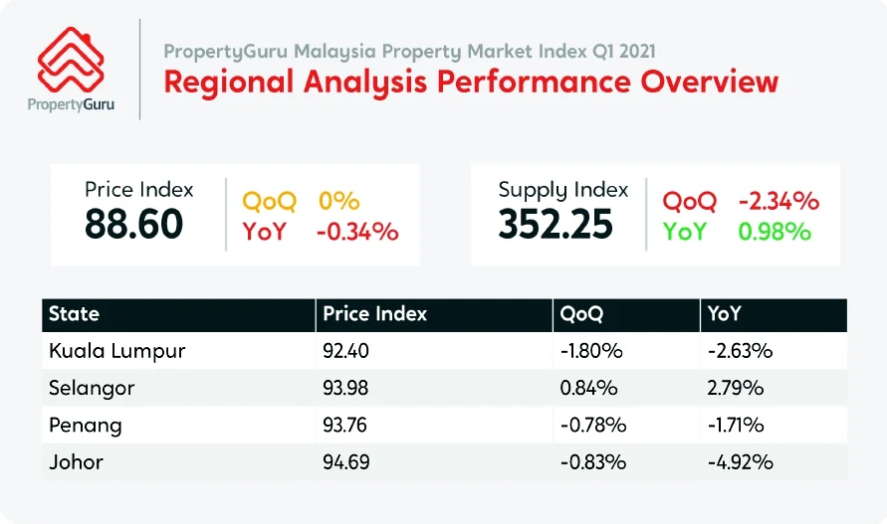Property market displaying signs of resilience, despite the current high Covid-19 cases
The property market is displaying signs of resilience, despite the current high number of Covid-19 cases and extended Movement Control Order (MCO 2.0) until March 4, 2021.
PropertyGuru Malaysia country manager Sheldon Fernandez said this could be due to the vaccination programme that rolled out effective February 24, 2021.
Fernandez expects the property market to improve considerably from June this year and attributed it to the anticipated 5.1 per cent economic growth forecast, Bank Negara Malaysia’s decision to maintain the overnight policy rate (OPR) at 1.75 per cent, and expectations that there will be a further cut.
Overall, he said the property market will be defined by “movers” and “waiters” in the coming year, with some bullishly moving into the market to take advantage of prevailing favourable conditions, while others wait for further price drops or more stable financial situations.
“We also expect an early spike in transactional activity in 2021, as buyers rush to take advantage of the Home Ownership Campaign (HOC) initiatives that end on May 31, 2021, while the current low price and low-interest rate prevail,” Fernandez said.


He said the latest PropertyGuru Malaysia Property Market Index (MPMI) report showed no changes in the overall asking prices for the final quarter of 2020.
Asking prices had maintained at 88.60 points in the third and fourth quarter of last year, he said.
The report also shows that the overall yearly supply continues to move upwards by 0.98 per cent year-on-year (YoY).
Fernandez said that despite disruptions brought on by the pandemic, this indicates the supply of property stock is gradually making its way back into the market.
“It is important to note that quarterly fluctuation or inconsistencies in supply volume during the current pandemic climate are reflective of commercial activity limitations, caused by the tightening and loosening of movement control regulations, rather than fundamental demand-supply factors that typically define the market movement,” he said.
In Selangor, asking prices improved 0.84 per cent quarter-on-quarter (QoQ).
Fernandez said this indicates a potential swing back for asking prices into positive territory in 2021.
“Despite economic uncertainty that will continue to hamper buyer behaviour in the upcoming months, Selangor is in a strong position to remain resilient. Many will flock to the country’s most economically vibrant and populous state to seek out job employment,” he said.
In Kuala Lumpur, asking prices fell 1.8 per cent QoQ, and Fernandez said this could be because many upmarket properties in the metropolitan area are facing downward pressure with a lack of international interest.
Asking prices in Penang fell 0.78 per cent QoQ, the report showed.
“It is important to note that despite pandemic-related disruptions and slight declines in asking prices, the state has been relatively stable. With minimal price changes that have rarely breached the two per cent YoY mark in the last two years, Penang is likely to be among the first key market to move back into positive price territory once the economy turns the corner,” Fernandez said.
Fernandez said asking prices in Johor registered the largest drop among the four key regions from a yearly perspective, falling by 4.92 per cent YoY.
Asking prices fell 0.83 per cent QoQ as the state continues to deal with its large overhang of mismatched properties. These properties were built by developers targeting foreigners under Iskandar Malaysia’s development plan, Fernandez said.
He said the majority of the stock in the Johor market are beyond the price range of local buyers, and market analysts classify it as a long-term issue that may take years to resolve.
“Going forward, a cooling off of incoming supply will help better stabilise property values in Johor’s diluted market,” he said.
Source: NST

